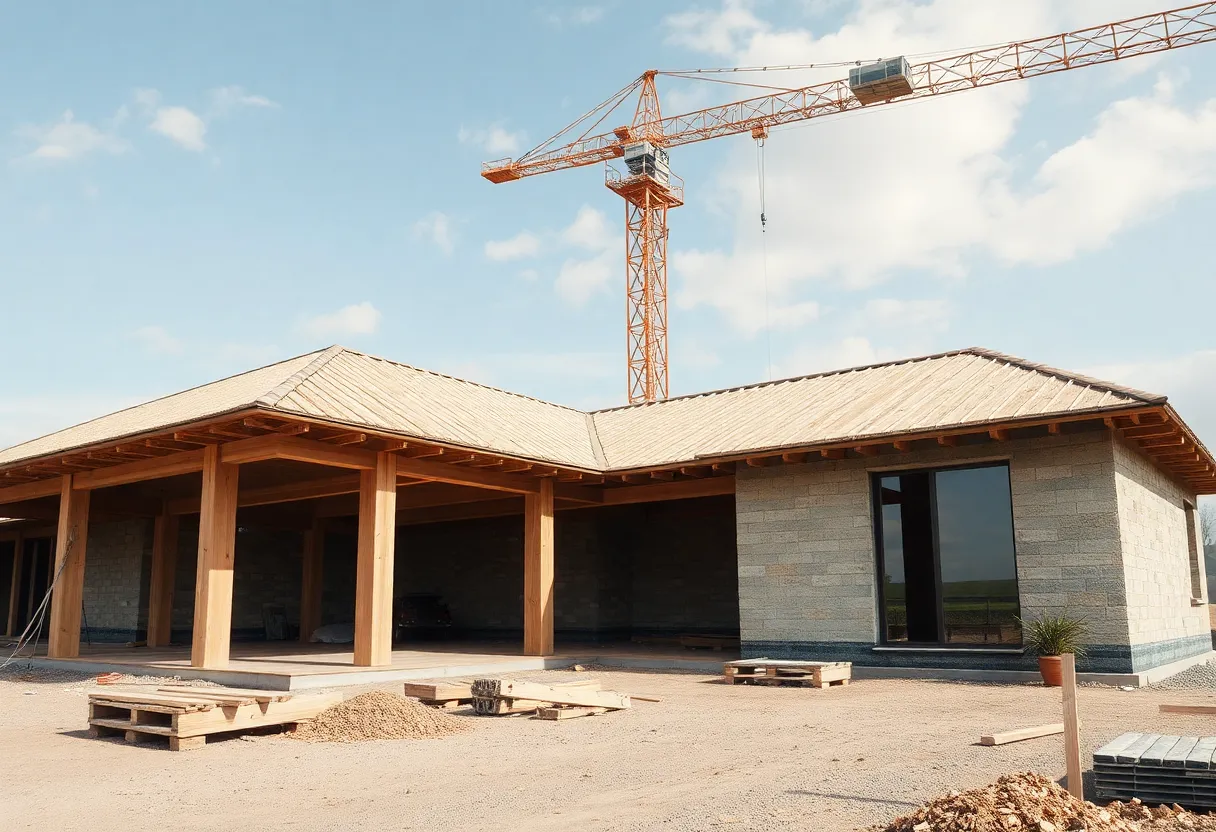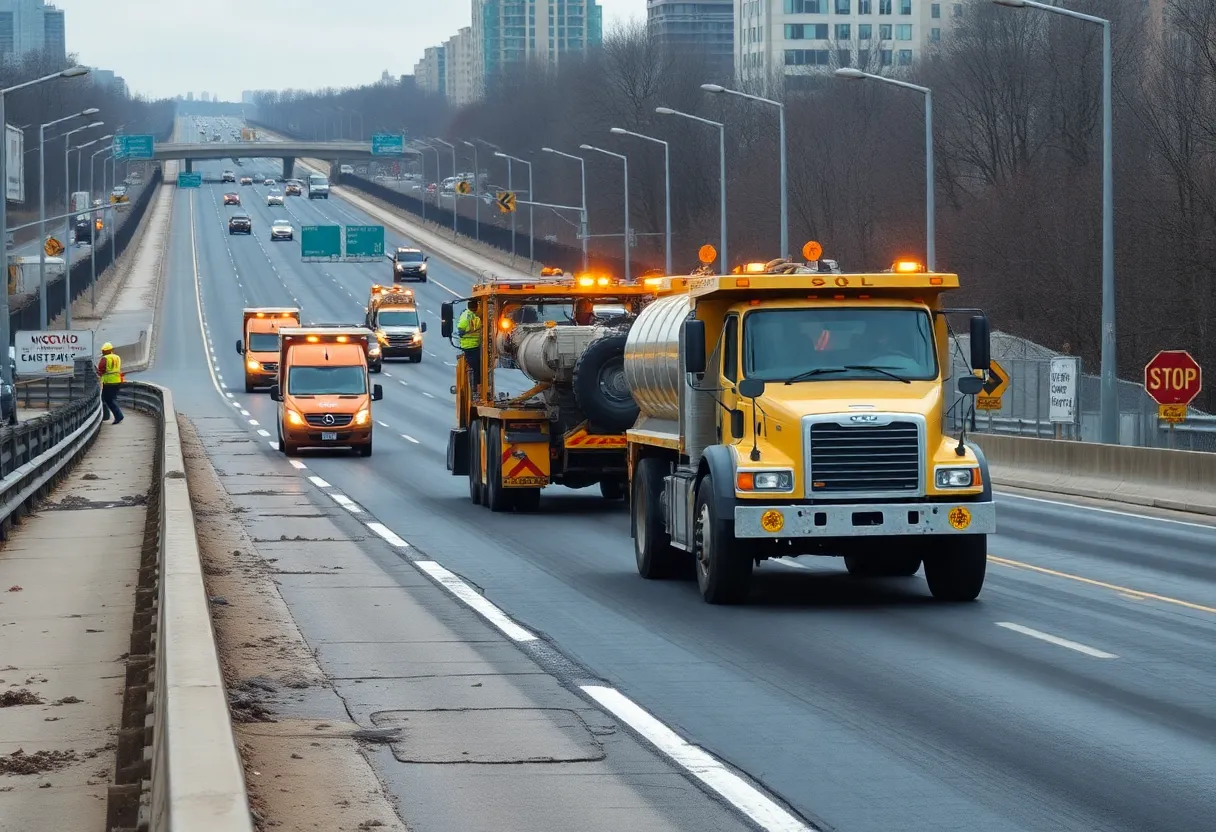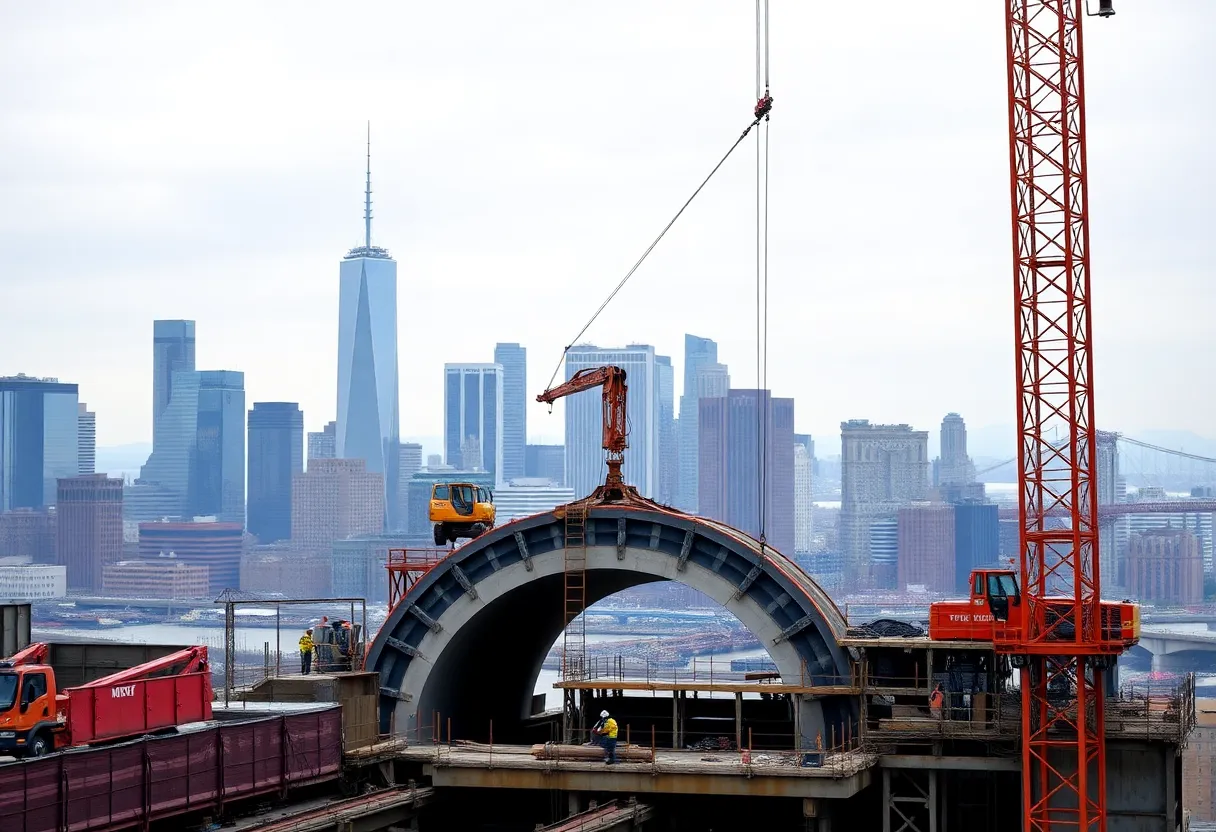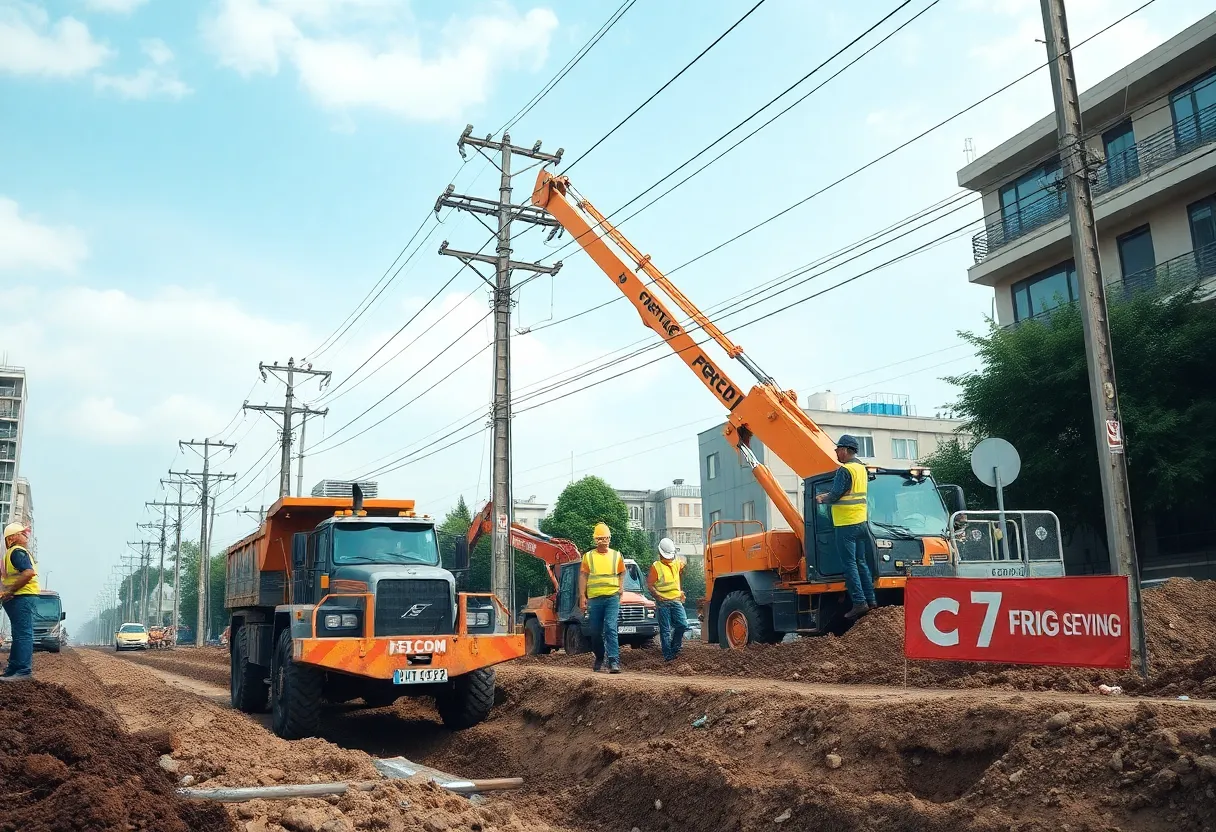Tokyo, August 12, 2025
News Summary
Researchers at the University of Tokyo have developed a method to transform food waste into durable construction materials. This innovative process not only addresses the global issue of food waste but also enhances sustainable building practices. By repurposing scraps like vegetable peels and seaweed through heat pressing, they have created materials that surpass concrete in strength. This breakthrough promotes a circular economy and provides eco-friendly alternatives in construction, paving the way for greener practices in the industry.
Innovative Recycling Method Turns Food Waste into Strong Construction Materials
Researchers at the University of Tokyo have achieved a groundbreaking advancement by transforming food waste into strong, sustainable construction materials. This innovative approach not only addresses significant environmental challenges associated with food waste but also promotes greener building practices in construction.
Every year, billions of pounds of food scraps, including peels from fruits and vegetables, expired produce, and leftovers from households and industrial kitchens, are discarded. This rampant food waste contributes to notable environmental issues, including greenhouse gas emissions from decomposing organic materials and methane production in landfills. The economic impact is also concerning, with disposal costs and wasted agricultural resources representing substantial losses.
The research team from the Institute of Industrial Science at the University of Tokyo focused on developing a method that recycles food waste, paving the way for a more circular economy in the construction industry. The technique they employed adapts a traditional heat-pressing method, commonly used for wood, to process various food scraps into robust building materials.
Steps in the Recycling Process
The process involves several well-defined steps:
- Drying and Pulverizing: Food scraps such as seaweed, cabbage leaves, and peels from oranges, onions, pumpkins, and bananas are first dried and then pulverized into a fine powder.
- Mixing: The powdered food waste is then mixed with water and seasoning agents.
- Molding and Heat-Pressing: The mixture is molded and subjected to high temperatures through heat-pressing, resulting in strong construction materials.
Tests conducted on these recycled materials revealed that they maintained their edible nature even after the processing stage. Simple seasonings, such as salt or sugar, were introduced to further enhance the flavor of the materials without affecting their durability. Among the various samples processed, those made from Chinese cabbage leaves exhibited remarkable strength, over three times stronger than concrete.
Impressive Strength and Performance
The research outcomes indicated that most of the materials tested met or exceeded the target bending strength criteria, reinforcing the effectiveness of this innovative recycling approach. However, the material derived from pumpkin did not meet expectations, highlighting the need for further examination of different food waste types in construction applications.
This cutting-edge research underscores the importance of recycling organic materials as a pivotal strategy in tackling global food waste issues, as well as addressing the challenges facing sustainable construction practices. As the construction industry increasingly embraces sustainability, innovative recycling methods like this one are becoming essential tools in the pursuit of net-zero emissions.
The findings from this important research were published in the proceedings of the recent annual meeting of The Society of Materials Science in Japan, contributing to the ongoing dialogue surrounding sustainable materials in construction.
FAQ
What types of food waste can be used in construction materials?
Food scraps such as seaweed, cabbage leaves, and peels from oranges, onions, pumpkins, and bananas have been utilized successfully in the recycling process to create durable construction materials.
How does the heat-pressing technique work?
The heat-pressing technique involves molding a mixture of powdered food waste, water, and seasoning agents under high temperatures to form strong materials suitable for construction applications.
Are the recycled materials safe to eat?
Yes, the tests indicate that the recycled materials retain their edible nature, even after processing; however, they are primarily intended for construction use rather than consumption.
Deeper Dive: News & Info About This Topic
Additional Resources
- Lab Manager: Researchers Turn Food Waste into Construction Materials
- Wikipedia: Sustainable Construction
- Global Market Insights: Sustainable Construction Materials Market
- Google Search: Sustainable Construction Materials
- Deloitte: Delivering Sustainable Construction
- ScienceDirect: Research Article on Sustainable Materials
Author: Construction NY News
The NEW YORK STAFF WRITER represents the experienced team at constructionnynews.com, your go-to source for actionable local news and information in New York and beyond. Specializing in "news you can use," we cover essential topics like product reviews for personal and business needs, local business directories, politics, real estate trends, neighborhood insights, and state news affecting the area—with deep expertise drawn from years of dedicated reporting and strong community input, including local press releases and business updates. We deliver top reporting on high-value events such as the New York Build Expo, infrastructure breakthroughs, and cutting-edge construction technology showcases. Our coverage extends to key organizations like the Associated General Contractors of New York State and the Building Trades Employers' Association, plus leading businesses in construction and real estate that power the local economy such as Turner Construction Company and CMiC Global. As part of the broader network, including constructioncanews.com, constructiontxnews.com, and constructionflnews.com, we provide comprehensive, credible insights into the dynamic construction landscape across multiple states.





